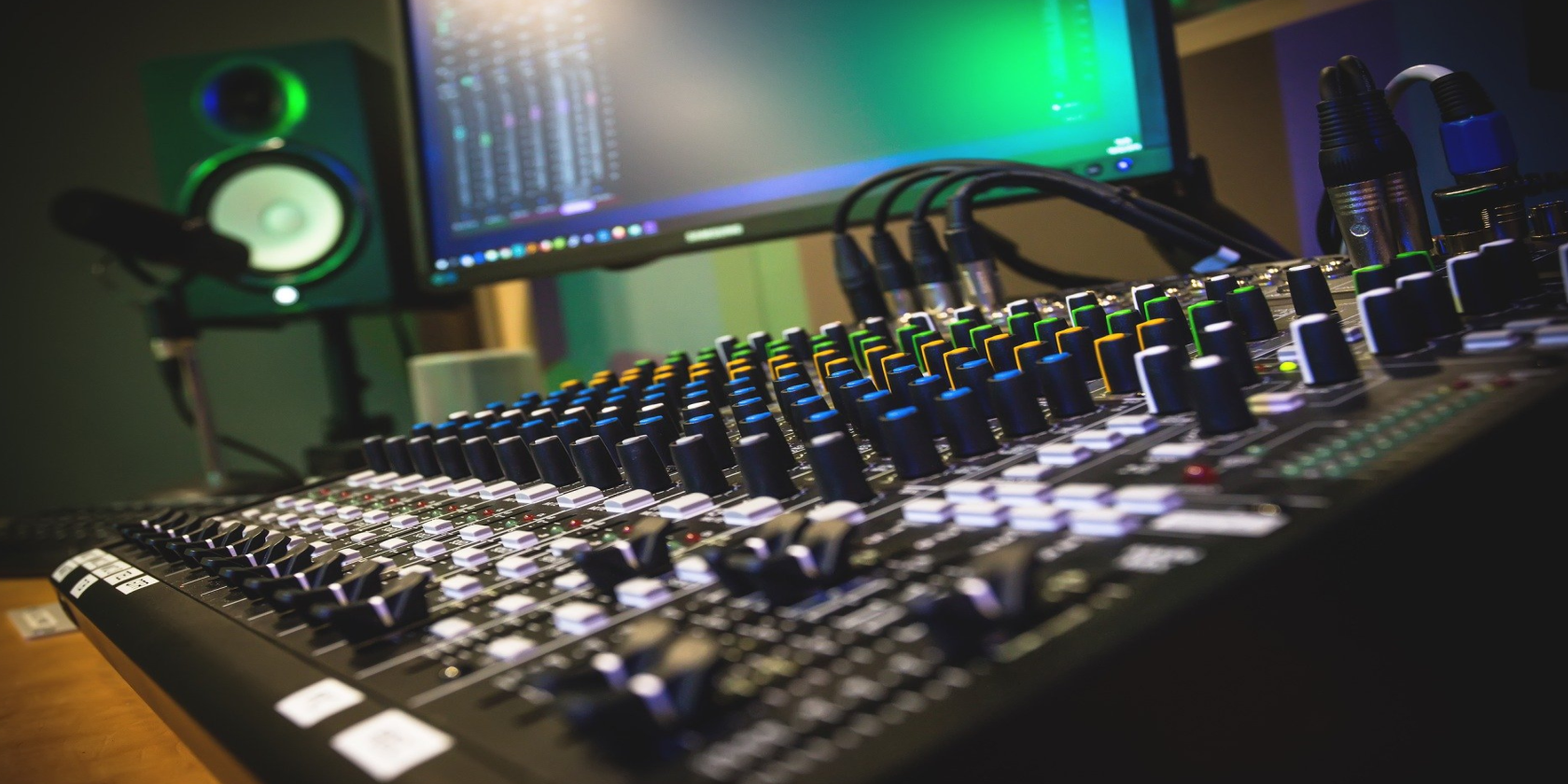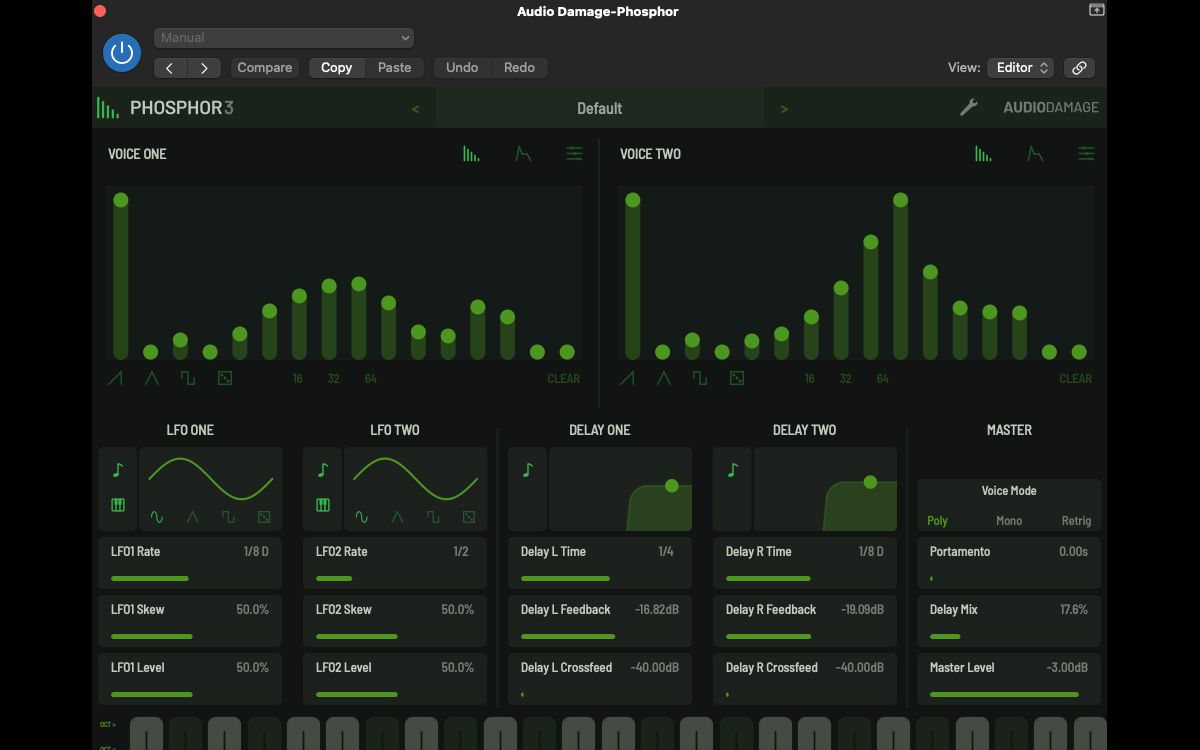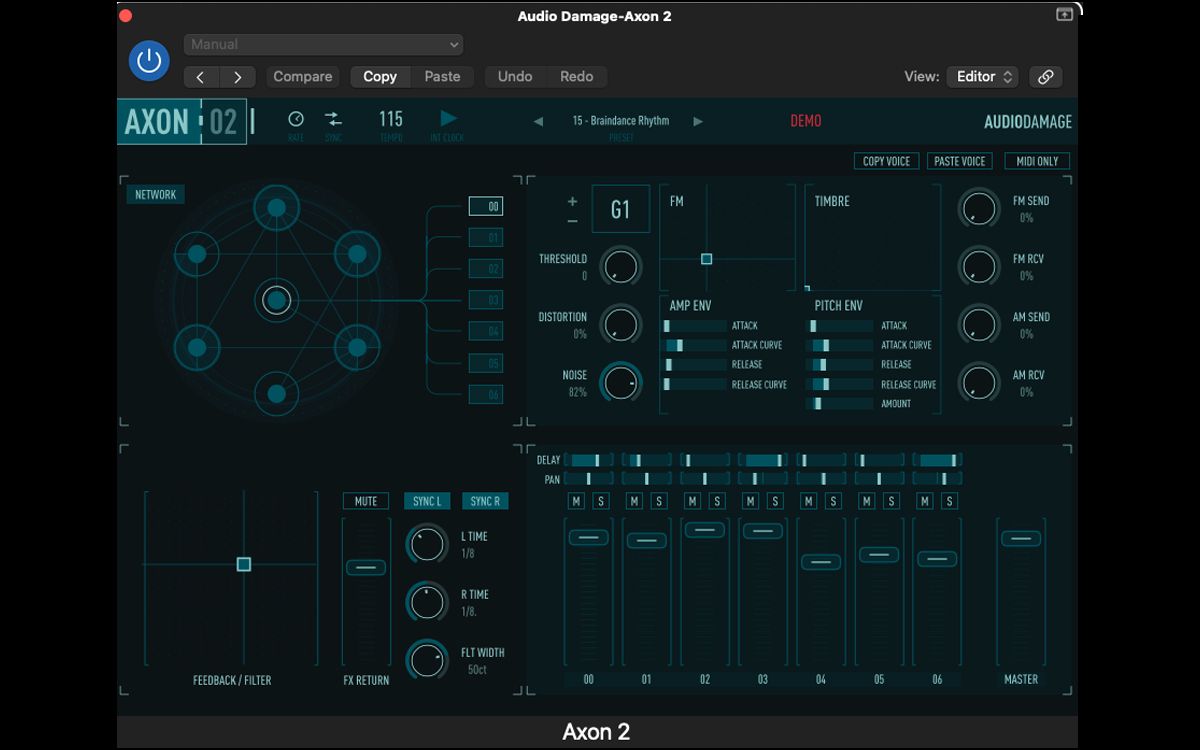Audio Damage is a company founded in 2002 by Chris Randall, a solo musician who composes ambient music under his own name and previously founded and fronted industrial rock band Sister Machine Gun. Audio Damage's mission is clear, as the website states that. "Making advanced musical technology enjoyable and easy to use is our first and only goal.”
With that goal in mind, Audio Damage offers a selection of VST plugins. So, in this article, we'll introduce you to Audio Damage's VST plugins, explaining what each one does.
The Audio Damage VSTs
Audio Damage products include effects plugins such as its Roughrider Compressor and its VST instrument plugins. Audio Damage also has four more VST plugins available at reasonable prices along with free demo versions.
Each Audio Damage VST is a little different and has its own look, style, and workflow. They're all available in VST or AU format for macOS, Windows, and Ubuntu/Linux. The demo versions are fully functional for 20 minutes at a time and do not save presets.
Below, we'll walk you through the basics and some of our favorite features of each Audio Damage VST.
Phosphor
Phosphor sounds just as futuristic as it looks. The Phosphor UI is based on a digital synth from the 80s called the Alphasyntauri, which was developed with an Apple IIe as its "brain" and was considered the first affordable digital synth.
Not only was the Alphasyntauri much more affordable than a Fairlight or Synclavier, but it had a unique "light show" effect. Flashing bars on the screen synced up to whichever keys were being played. While there was no official purpose for this feature, it gave the Alphasyntauri some personality, and it looked really cool.
Phosphor has a similar interface, with green bars that correspond to various settings as you tweak your sounds. It's definitely an aesthetically pleasing way to see which parameters you're changing. It has two oscillator voices, which each have an optional delay effect, a wave table oscillator, a noise generator, and an amplifier envelope.
There's a Random setting for the waveform source, which gives you a lot of flexibility in your sound design, as well as the ability to skew the tunings of each oscillator to really thicken up your tones.
Overall, Phosphor can get weird and grimy but is just as capable of subtlety. It's also the first Audio Damage VST to include a preset manager, which makes it easy to save your sounds.
Quanta
Quanta is a granular synth with 10 voices. Each voice has up to 100 1000ms grains, so there are many options for layering and manipulating different samples. Most parameters of each voice can be fully randomized and modulated.
To start making some noise, you can drag and drop a sample in WAV, AIFF, OGG, or FLAC format onto the window. You can also use Quanta as a subtractive synth without the samples, making it a valuable instrument to have in your arsenal since it can do double duty.
Quanta has two filters which can be used in either 2-pole or 4-pole mode, so you can get some down and dirty bass at 24db per octave. It also has a virtual analog oscillator and a noise generator which can be used alongside the granular synthesis engine or layered into your samples.
In addition to these filters, there are four Flexible Envelope Generators and a 99-point looper function with tempo sync. The Flexible Envelope Generators in particular give this VST a lot of versatility.
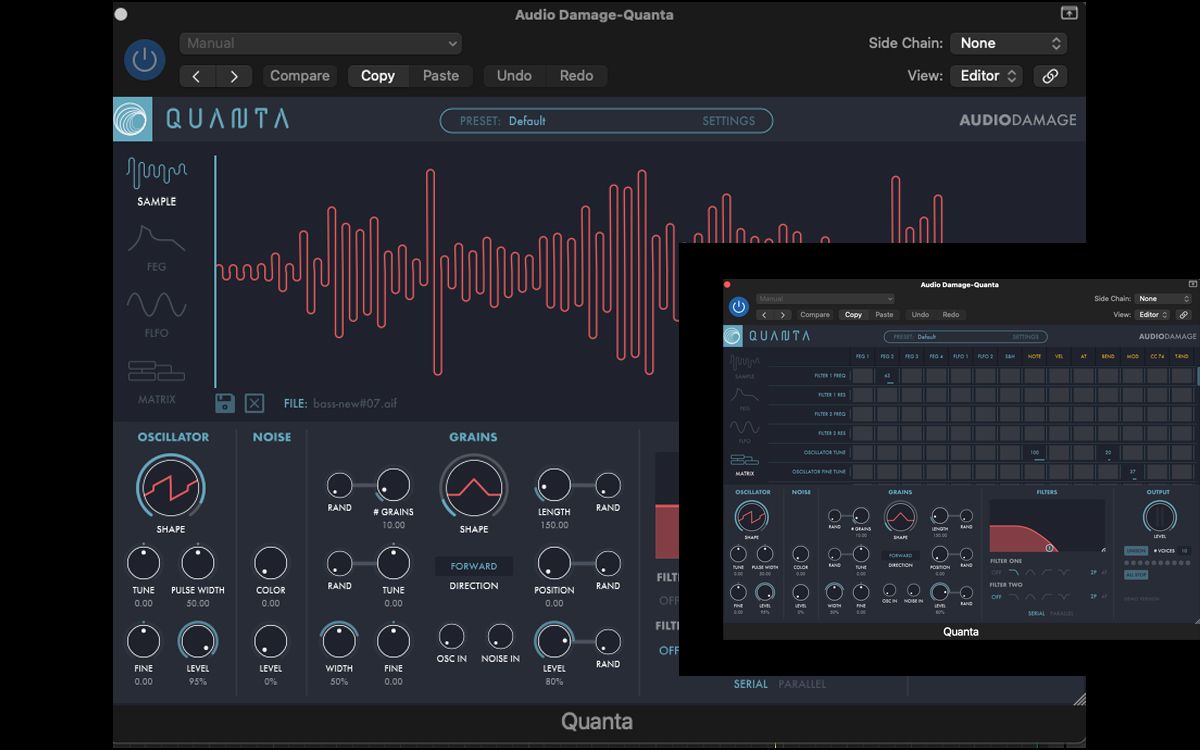
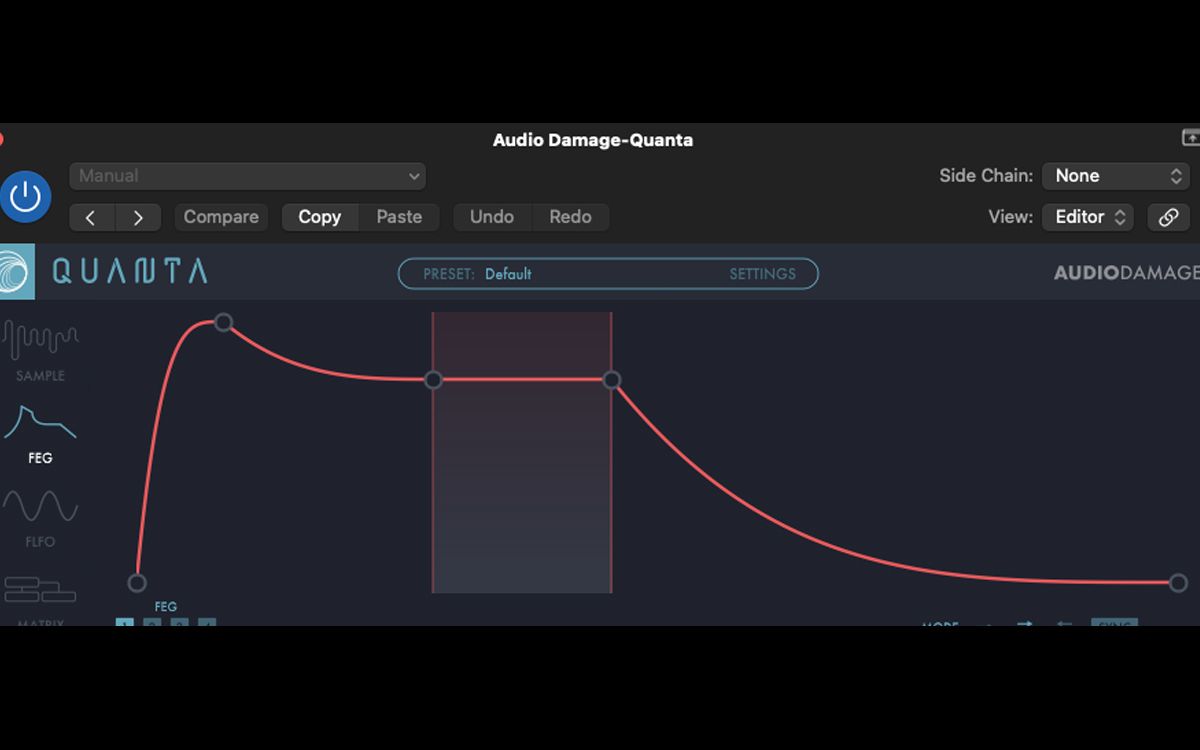
Continua
Continua has three oscillators with Warp, Shape, and Skew functions. Similarly to Quanta, its filters can be used in parallel or serial with each other, and they have 2-pole and 4-pole modes. The filters can also be morphed from highpass, lowpass, bandpass, and notch.
Its Noise source has a Color function to give your patches different tones and characteristics. Each waveform can be shaped however you want by using your mouse or trackpad, which is especially useful for fine-tuning the attack, decay, sustain, and release on pad sounds or strings. The Chorus, Reverb, and Delay effects work the same way.
While Continua is particularly useful for abstract textures and pad sounds, it's capable of glitchy bass and dubstep-style wobbling lead sounds too, as well as pure crunchy brutality. If you're looking for a VST that can do a little of everything, this could be the one. If you've already got it, the crossgrade from the Basic version is available too.
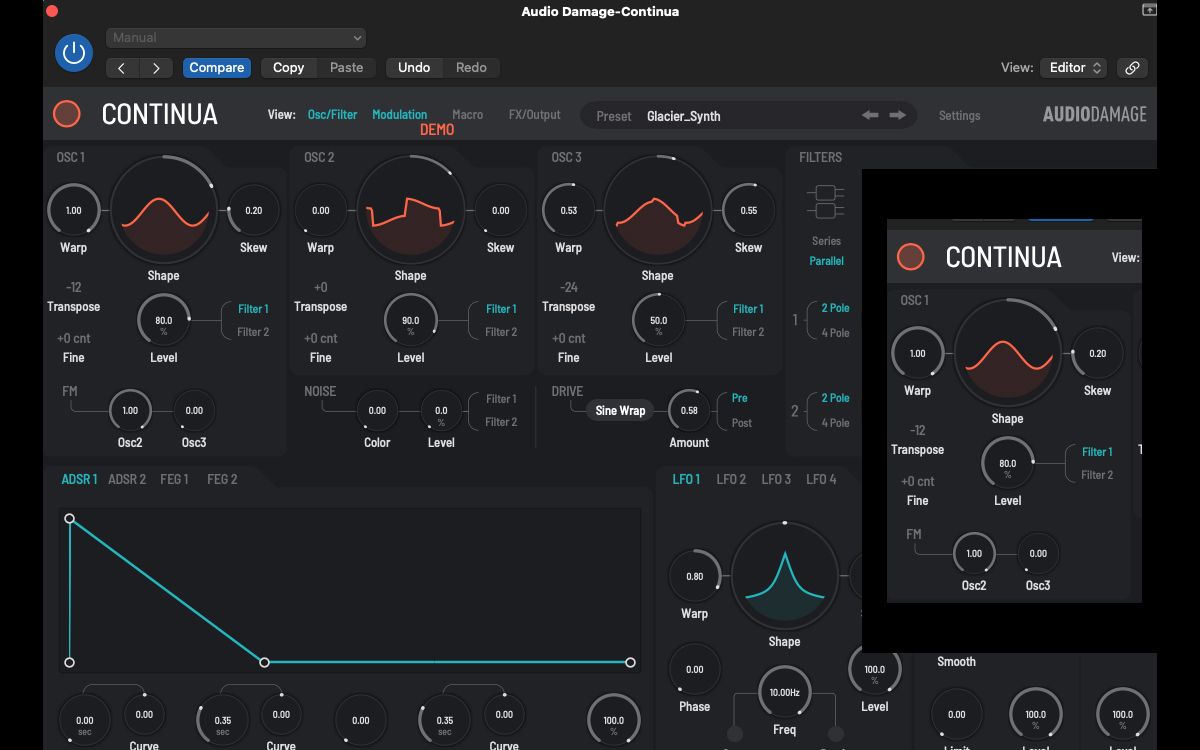
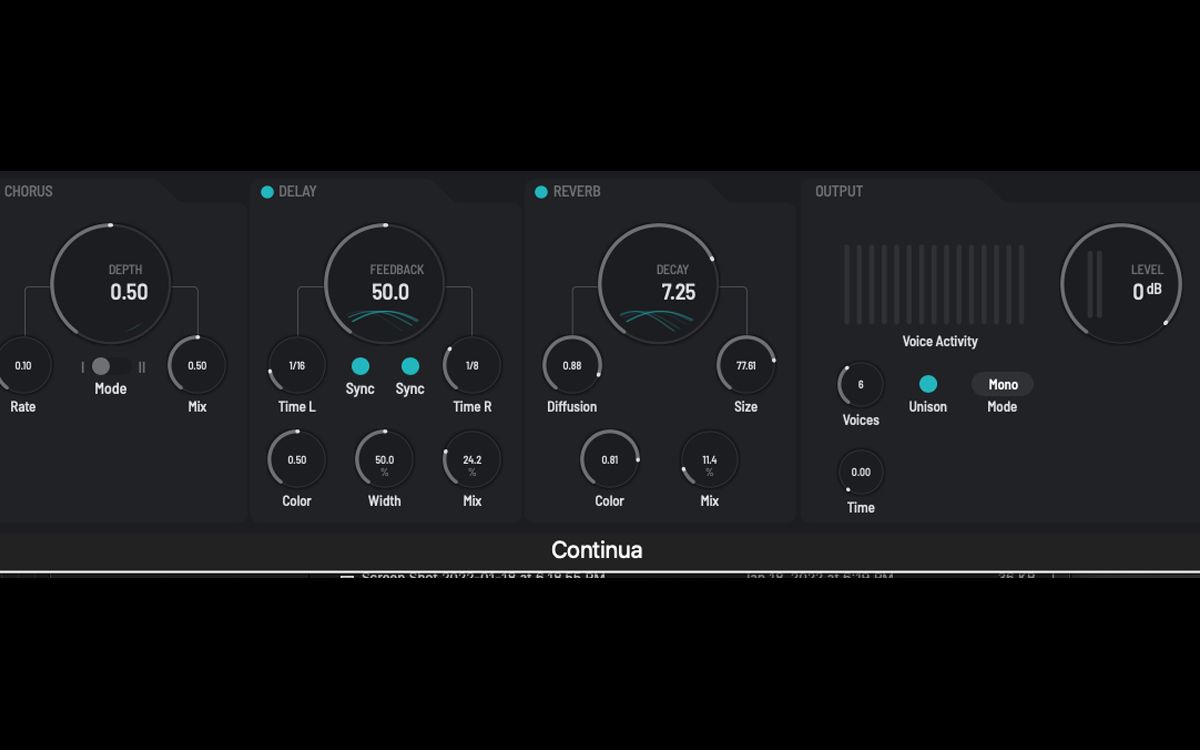
Axon 2
Axon 2 is a drum synth with an Artificial Neural Network sequencer. Yes, it's essentially driven by robots... sort of. Each of the seven percussion voices are triggered by a neural network, and they can be wired together to gang up for some fascinating rhythms. In other words, the output of one can be triggered by the input of the next and so on.
Axon 2 has a mixer with a channel for each voice, so their separate volumes are adjustable, and they can be panned, soloed, or muted. For any drum machine owners who have ever been frustrated that not all of them have individual outputs, this one is for you. If you want to dirty up your beats, each voice has a white noise generator, distortion, and a highpass filter.
It's also very hardware-friendly, so you can use it with your old-school sequencer, since it has MIDI In and Out. There's a built-in stereo delay, making it ideal for live use.
Other Things to Know About Audio Damage's VSTs
While that's the basic information you need to know about the Audio Damage VST plugins, there are some other things worth noting.
MIDI MPE
Phosphor, Quanta, and Continua all use the newest form of MIDI expression, MIDI MPE. MIDI Polyphonic Expression allows each MIDI note to have its own channel, so you have more control over your parameters. It's ideal for less conventional external MIDI control surfaces, such as ribbon controllers, joysticks, and apps.
TUN File Support
Phosphor, Quanta, and Continua support the TUN file format, so the entire synth can easily be tuned to a pitch other than A440.
Cross-Platform Preset Sharing
Phosphor, Quanta, and Continua have cross-platform preset sharing. Their presets can be saved in cross-platform formats, which is useful if you're on a Mac and want to share your presets, but your music-making friend is on a PC.
Artist Presets
All Audio Damage VSTs come with a variety of factory presets as well as designer Artist Presets from Glitch Machines, Red Means Recording, and Sonalsystems.
Accessibility and Easy Visibility
All Audio Damage VSTs have a GUI which can be resized and zoomed in as much as you want.
Other Audio Damage Products
Other Audio Damage products include the aforementioned Roughrider 3 compressor, its new delay called Other Desert Cities, a couple of filters, various reverb units, looper effects, and even a distortion module called Grind that "puts the damage in Audio Damage".
If you're looking for upgrades to your existing Audio Damage products, they're generally available for $5 to $10 apiece.
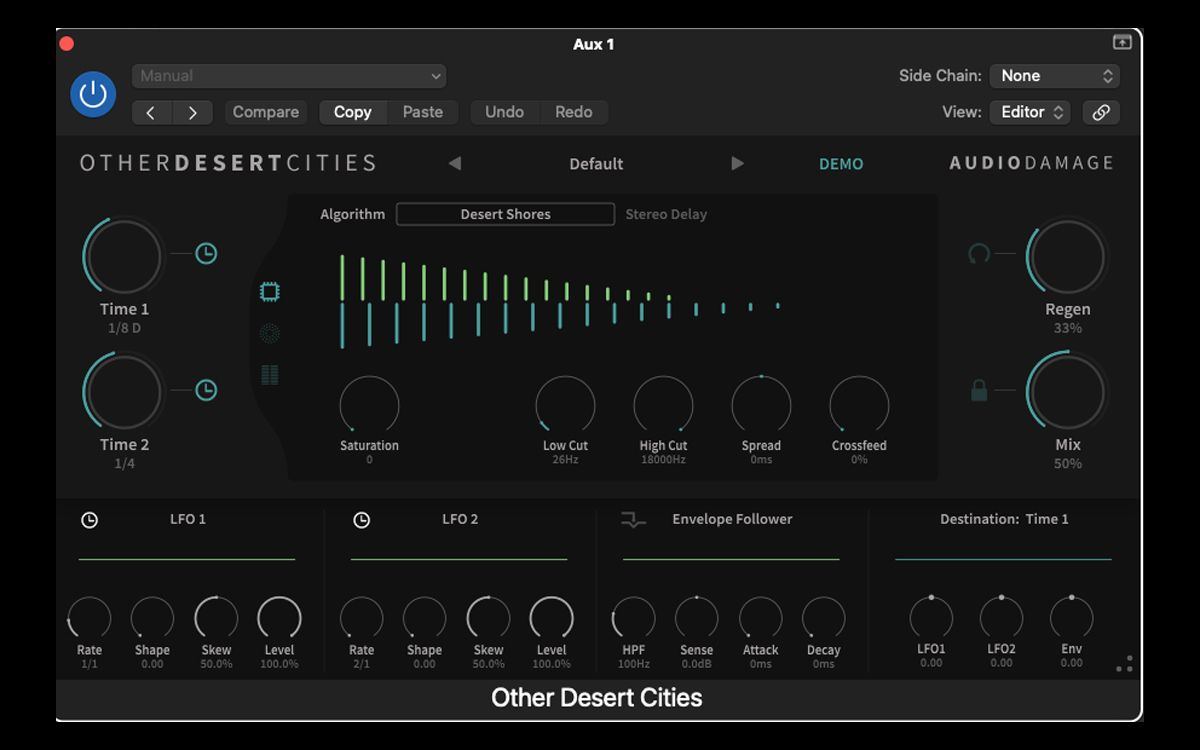
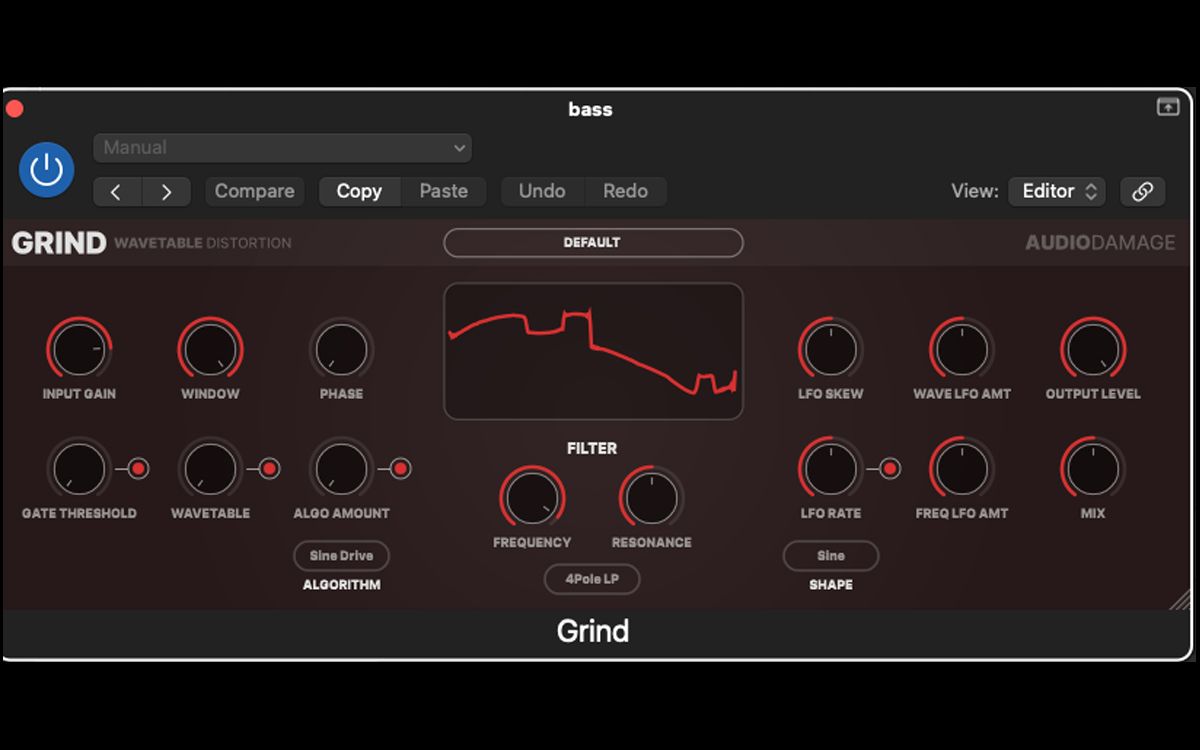
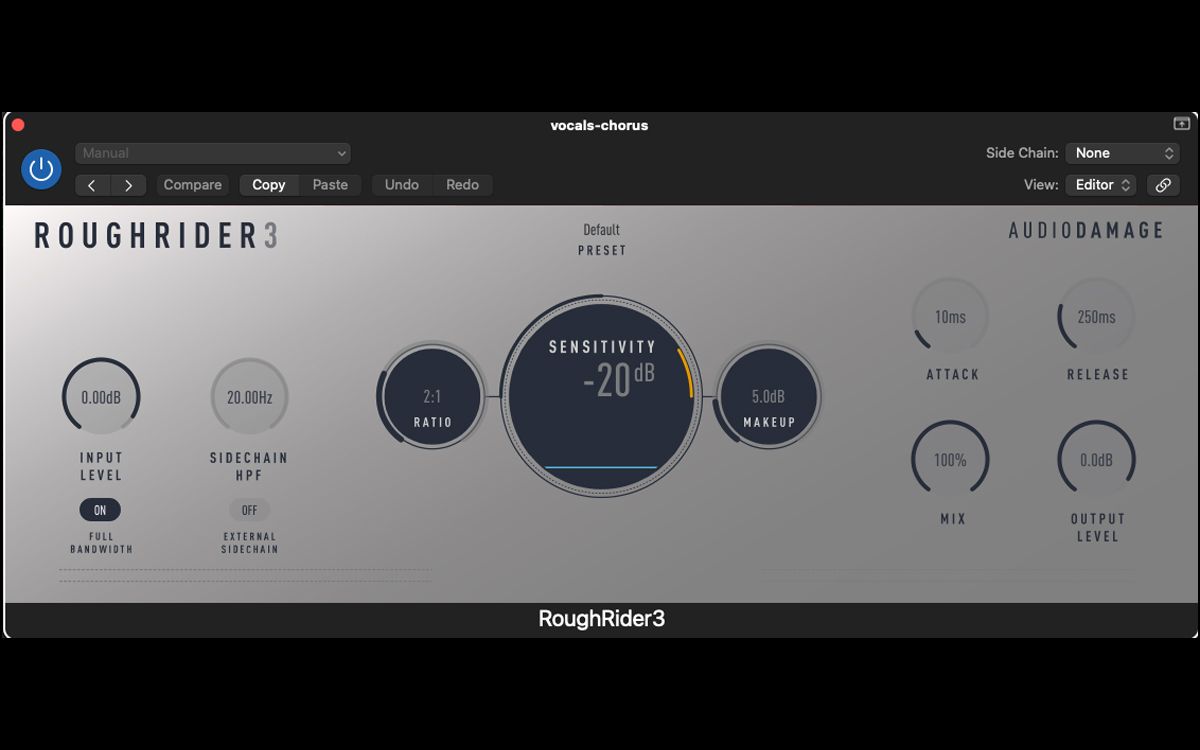
Audio Damage Products for Mobile Devices
If you're interested in using an Audio Damage effect on your mobile device, just search for them in the Apple App Store or Google Play Store, as many of them are available in mobile format. While you're browsing, be sure to read about the best iOS apps for musicians and the best music recording apps for Android.
Are You Ready to Do Some (Audio) Damage?
Hopefully, this article has inspired you to get a new VST and see what happens. Depending on your musical style and interests, you might find that one Audio Damage VST plugin appeals to you more than the others. On the other hand, they're each so unique and fun to use, don't be surprised if you end up with all four.

